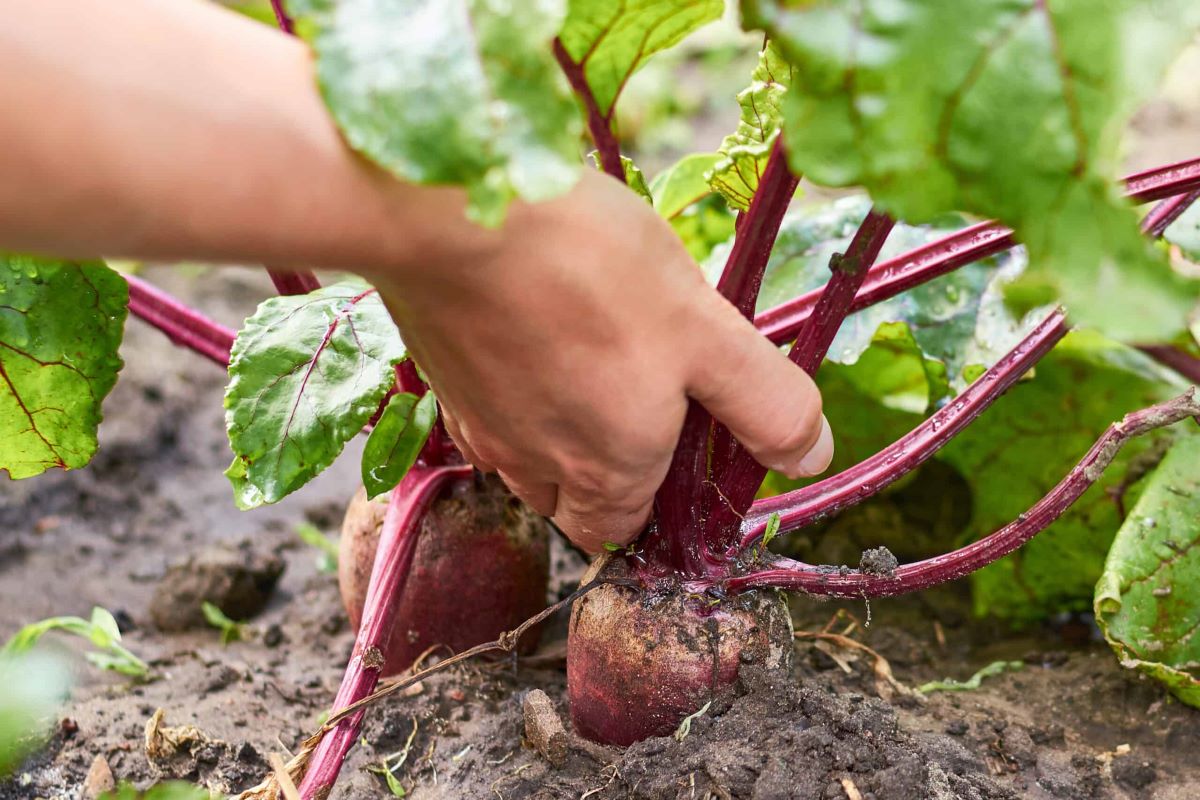

Articles
How To Store Beets After Harvest
Modified: December 7, 2023
"Learn the best methods to store beets after harvest in this comprehensive article. Find out how to properly store and preserve your beet crop for long-lasting freshness."
(Many of the links in this article redirect to a specific reviewed product. Your purchase of these products through affiliate links helps to generate commission for Storables.com, at no extra cost. Learn more)
Introduction
Beets are a versatile and nutritious vegetable with a sweet and earthy flavor. Whether you grow them in your backyard garden or purchase them from a local farmer’s market, knowing how to properly store beets after harvest is essential to preserve their freshness and extend their storage life. By following a few simple steps, you can ensure that your beets stay fresh and delicious for weeks or even months to come.
In this article, we will guide you through the process of harvesting beets, cleaning them for storage, and provide you with different methods for storing beets both in the refrigerator and in a root cellar. We will also discuss how to freeze beets for long-term storage, so you can enjoy their vibrant taste throughout the year.
Let’s dive into the wonderful world of beet storage and discover the best practices to keep your beets fresh and full of flavor.
Key Takeaways:
- Preserve the freshness and flavor of beets by harvesting at the right time and cleaning them thoroughly before storage. Refrigerate for short-term use or utilize a root cellar for long-term preservation, ensuring delicious beets all year round.
- Freeze beets for long-term storage, maintaining their taste and nutritional benefits. Enjoy the convenience of using frozen beets in various dishes, adding a burst of vibrant flavor to your culinary creations.
Read more: How To Store Beets After Cooking
Harvesting Beets: When and How
Harvesting beets at the right time ensures that they are at their peak of flavor and texture. Beets can be harvested when they reach the desired size, typically around 1.5 to 3 inches in diameter. However, you can also harvest them earlier for baby beets or leave them in the ground longer for larger beets. The choice depends on your preference and the intended use of the beets.
When harvesting beets, it’s important to handle them carefully to avoid bruising or damaging the roots. Here’s a step-by-step guide on how to harvest beets:
- Start by loosening the soil around the base of the beet plants with a garden fork or shovel.
- Gently pull the beets out of the ground, grasping the tops near the crown of the plant.
- Shake off any excess soil, being careful not to damage the roots or foliage.
- Once harvested, remove the beet leaves by cutting them about an inch above the root.
Beet leaves, also known as beet greens, are edible and can be used in salads or cooked as greens. If you plan to use the greens, make sure to separate them from the roots before storing.
Remember, freshly harvested beets can be stored for a short period of time without any specific storage methods. However, for longer-term storage, it’s crucial to properly clean and store the beets to maintain their quality.
Cleaning Beets for Storage
Before storing beets, it’s important to clean them thoroughly to remove any dirt or debris that may be clinging to the roots. Cleaning beets not only keeps them visually appealing but also helps prevent the growth of bacteria or mold during storage. Here’s how you can clean beets for storage:
- Start by gently brushing off any loose dirt or soil from the beets using a soft brush or your hands. Be careful not to scrub too hard or remove the outer skin.
- Next, fill a sink or large bowl with cold water and submerge the beets. Swirl them around to loosen any remaining dirt.
- Using your hands, rub the surface of each beet to remove any stubborn soil. Pay extra attention to the crevices and the stem area.
- Once the beets are clean, remove them from the water and pat them dry with a clean towel.
- Inspect each beet and discard any damaged or rotting ones. It’s essential to store only healthy beets to prevent spoilage among the others.
By following these simple cleaning steps, you’ll ensure that your beets are free from dirt and ready for storage. Clean beets not only have a longer shelf life, but they also maintain their flavor and nutritional value over time.
After harvesting beets, remove the tops, leaving an inch of stem. Store the beets in a cool, dark place with high humidity, such as a root cellar or the crisper drawer of the refrigerator. This will help them stay fresh for several weeks.
How to Store Beets in the Refrigerator
The refrigerator is a great option for short-term storage of beets, keeping them fresh and crisp for up to a few weeks. Follow these steps to store beets in the refrigerator:
- Trim the beet greens: Cut off the greens, leaving about one inch of the stem attached to the beet. This helps prevent moisture loss from the root.
- Wash and dry: Rinse the beets under cold water to remove any dirt or debris. Pat them dry with a clean towel to remove excess moisture.
- Wrap individually: Wrap each beet tightly in a paper towel. This helps absorb excess moisture and prevents rotting.
- Place in a produce bag: Put the wrapped beets in a produce bag or a perforated plastic bag. This allows for proper airflow and prevents condensation buildup.
- Store in the crisper drawer: Place the bag of beets in the crisper drawer of your refrigerator. The cool temperature and slightly higher humidity in this compartment are ideal for storing beets.
Make sure to check on the beets occasionally and remove any that show signs of spoilage. Rotting beets can quickly affect the surrounding beets, so it’s important to dispose of them promptly.
Remember, beets stored in the refrigerator are best used within a few weeks, as they may start to lose their flavor and become soft over time.
Storing beets in the refrigerator is a convenient method that allows you to access fresh beets whenever you need them for salads, roasted dishes, or other culinary creations.
Storing Beets in a Root Cellar
If you have access to a cool and dark root cellar, it presents an ideal environment for long-term storage of beets. A properly maintained root cellar can extend the shelf life of beets for several months. Here’s how you can store beets in a root cellar:
- Prepare the beets: Trim the greens from the beets, leaving about an inch of the stem attached. Do not wash the beets at this stage, as moisture can cause rotting during storage.
- Create a storage medium: Fill a wooden crate or a ventilated container with damp sand, sawdust, or wood shavings. This will provide a cool and slightly humid environment for the beets.
- Place the beets in the medium: Gently bury the beets in the storage medium, making sure they are fully covered. Leave some space between the beets to allow for airflow.
- Store in the root cellar: Transfer the container of beets to the root cellar. The temperature in a root cellar should ideally be between 32°F and 40°F (0°C and 4°C) with a humidity level of around 90%. Check the beets periodically and remove any that show signs of spoilage.
Storing beets in a root cellar provides them with a cool, dark, and consistent environment, which helps preserve their freshness and nutritional value. Properly stored beets can last for several months in a root cellar, allowing you to enjoy their delicious flavor even during the winter months.
If you don’t have a root cellar, you can also consider an alternative cool and dark storage location, such as a basement or a cool corner of a garage. The key is to provide a stable temperature and protect the beets from extreme cold or heat.
By employing this traditional method of storing root vegetables, you can enjoy the flavors of your homegrown or locally sourced beets throughout the year, adding a nutritious and vibrant touch to your meals.
Read more: How To Store Beets After Picking
Freezing Beets for Long-Term Storage
Freezing beets is an excellent option if you want to preserve them for long-term storage. Freezing allows you to enjoy the taste and nutritional benefits of beets throughout the year. Here’s a step-by-step guide on how to freeze beets:
- Prepare the beets: Start by trimming the leaves, leaving about an inch of the stem attached to the beet. Wash the beets thoroughly to remove any dirt or debris.
- Cook the beets: Place the beets in a large pot of boiling water and cook until they are tender. This usually takes about 30 to 45 minutes, depending on the size of the beets.
- Cool and peel: Once cooked, drain the beets and allow them to cool. Once they are cool enough to handle, peel the skin off using your fingers or a vegetable peeler.
- Cut or slice: Cut the beets into cubes or slices, depending on your preference. You can also leave them whole if you prefer.
- Flash freeze: Arrange the cut or sliced beets in a single layer on a baking sheet lined with parchment paper. Place the baking sheet in the freezer until the beets are completely frozen. This process, known as flash freezing, prevents the beets from clumping together.
- Transfer to freezer bags: Once the beets are frozen, transfer them to freezer-safe bags or airtight containers. Label the bags with the date and contents for easy identification.
- Store in the freezer: Place the freezer bags or containers in the freezer and store them for up to 10 to 12 months.
Freezing beets preserves their taste and texture remarkably well. They can be used in a variety of dishes such as soups, stews, salads, or as a side dish once thawed. However, keep in mind that frozen beets will have a softer texture compared to fresh ones.
When you’re ready to use the frozen beets, simply remove the desired amount from the freezer and thaw them in the refrigerator overnight or in a microwave on a defrost setting. They are now ready to be incorporated into your favorite recipes.
Freezing beets is a convenient method for preserving the harvest and ensuring that you can enjoy these vibrant and nutritious vegetables throughout the year.
Frequently Asked Questions about How To Store Beets After Harvest
Was this page helpful?
At Storables.com, we guarantee accurate and reliable information. Our content, validated by Expert Board Contributors, is crafted following stringent Editorial Policies. We're committed to providing you with well-researched, expert-backed insights for all your informational needs.
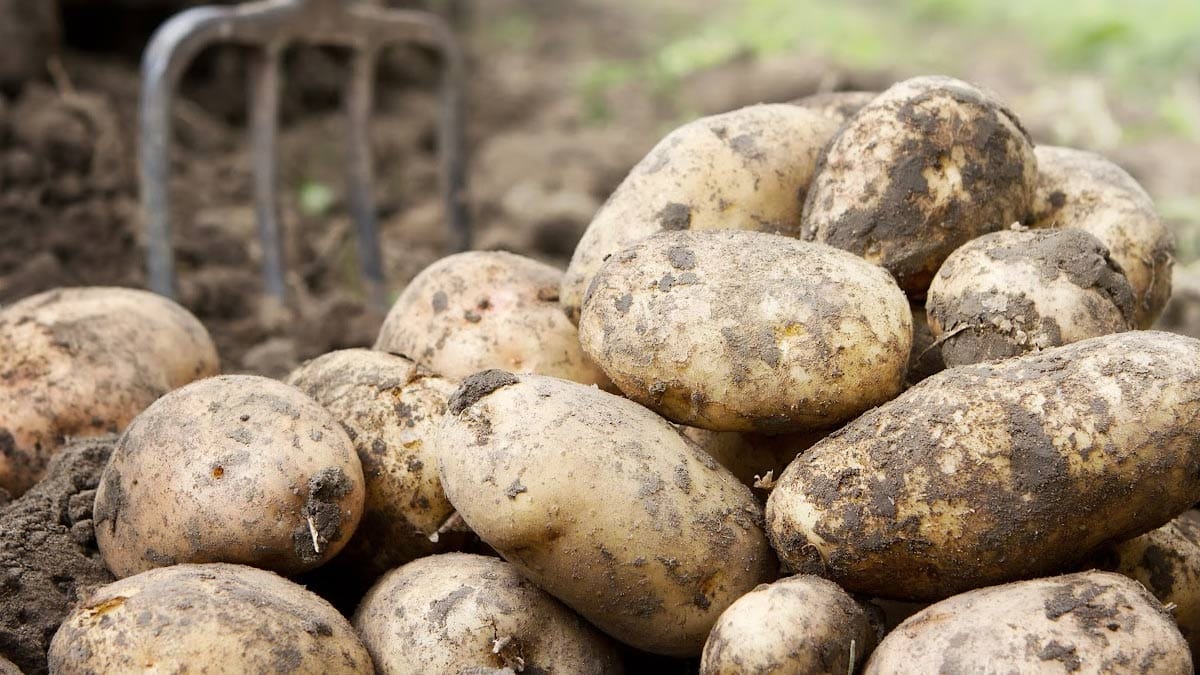
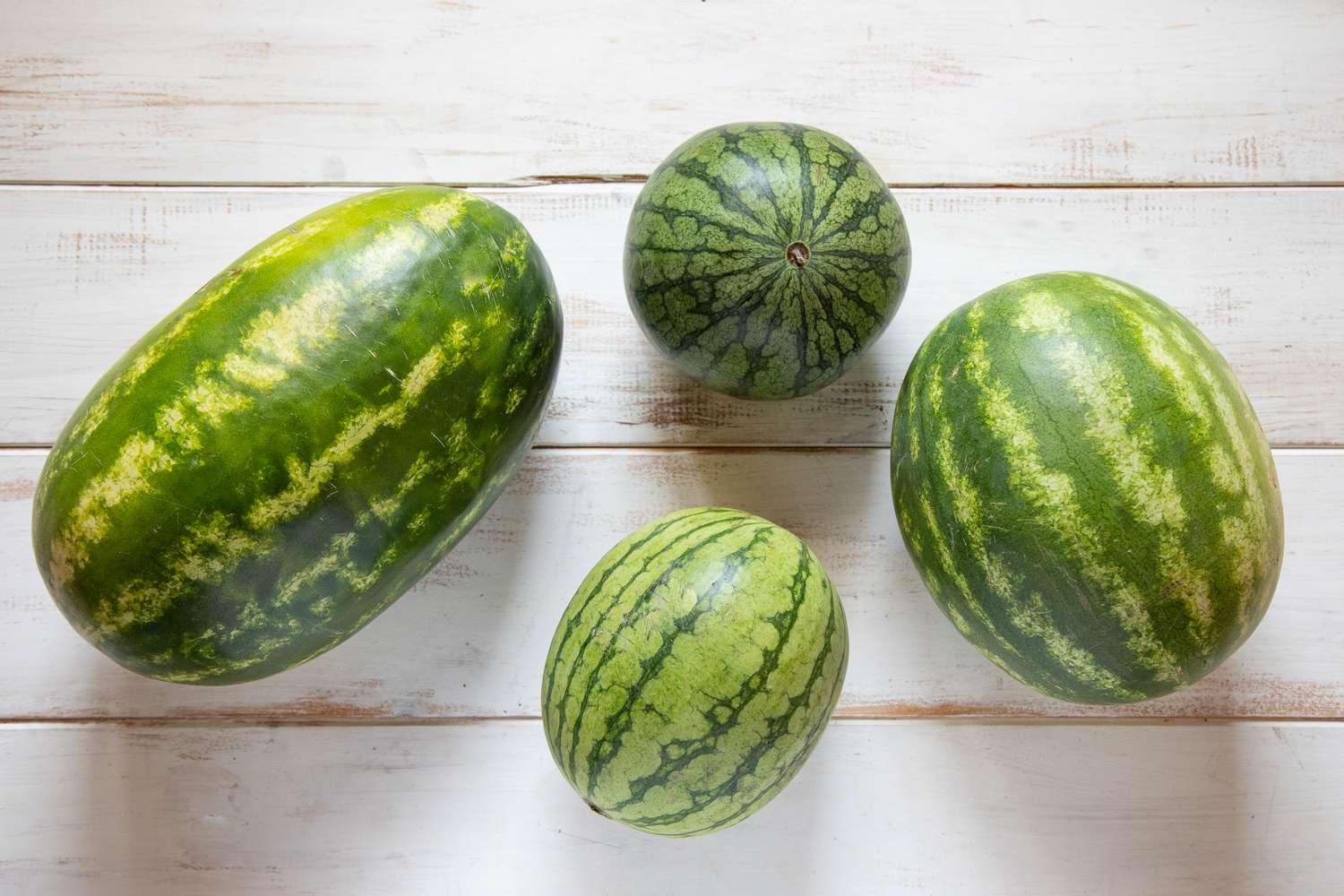
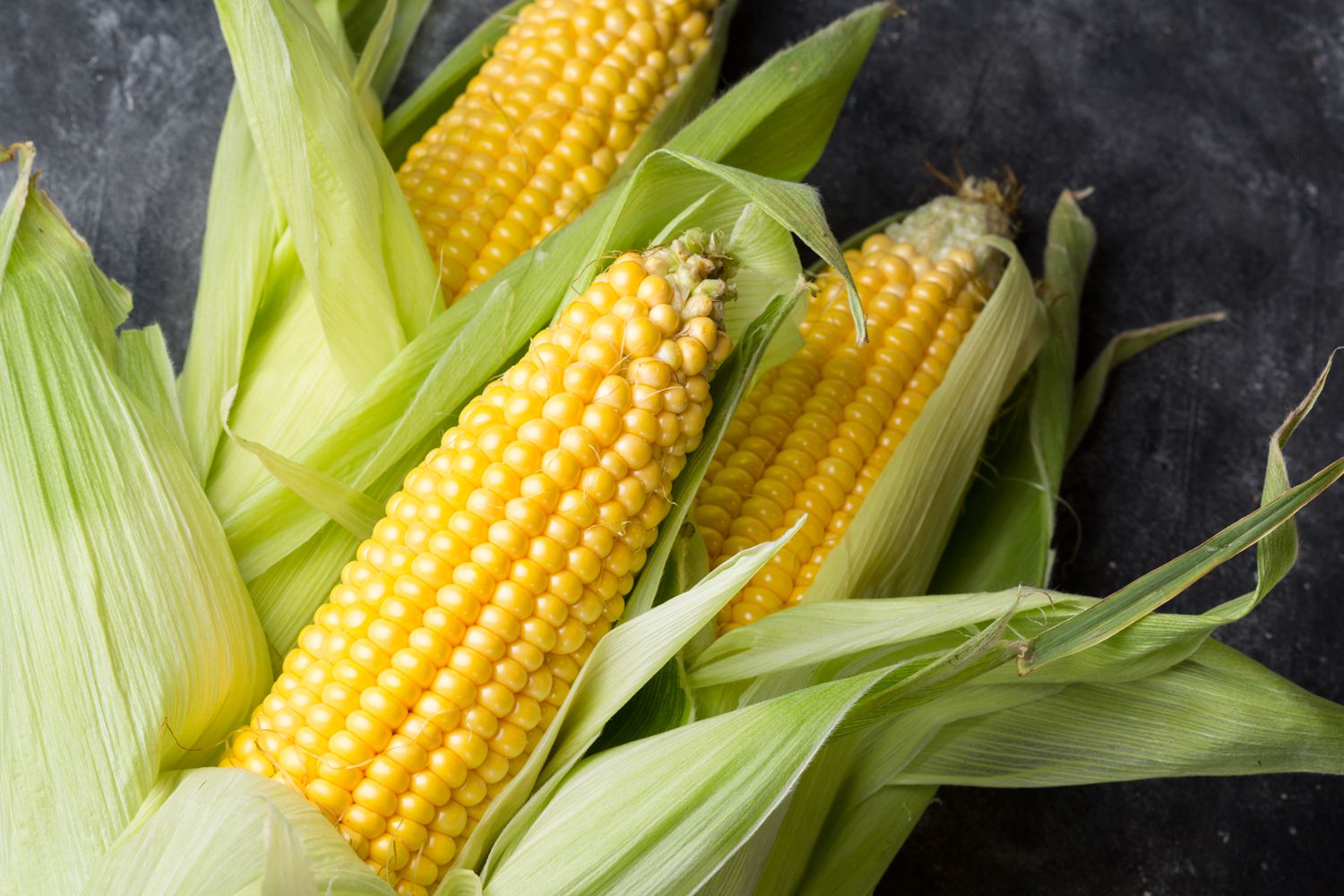
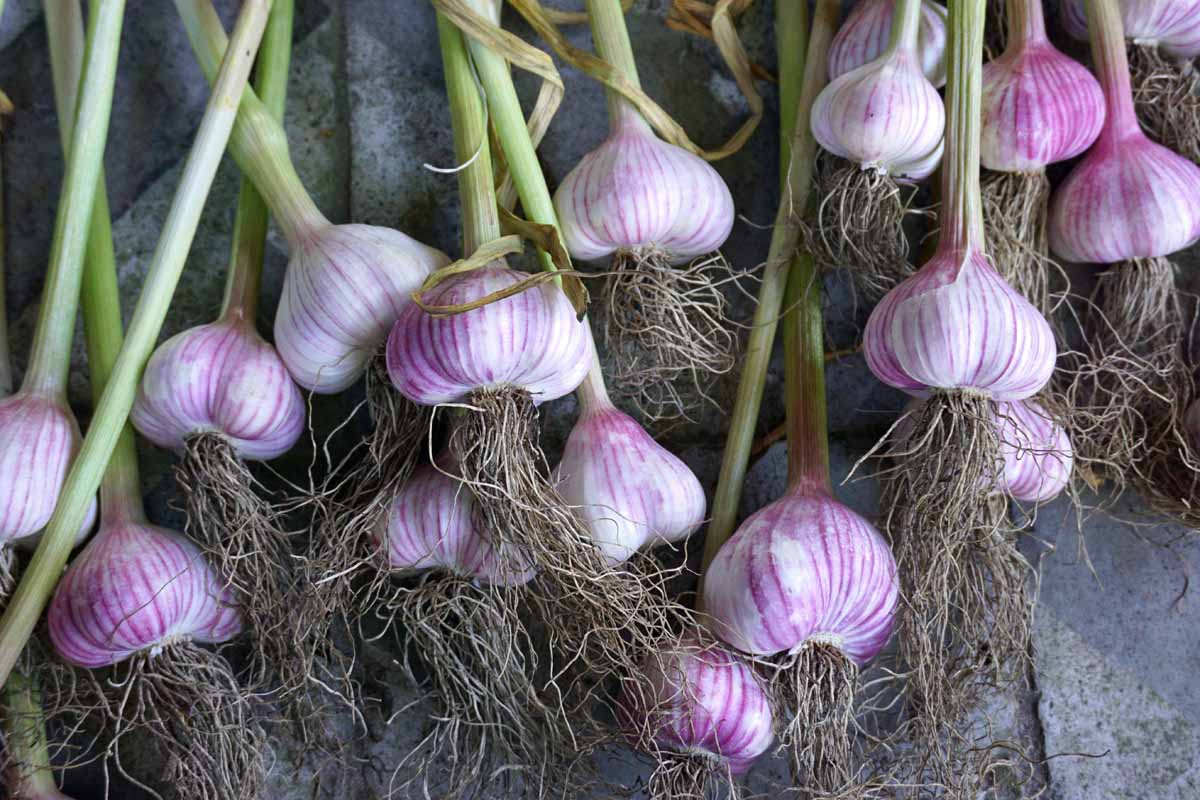
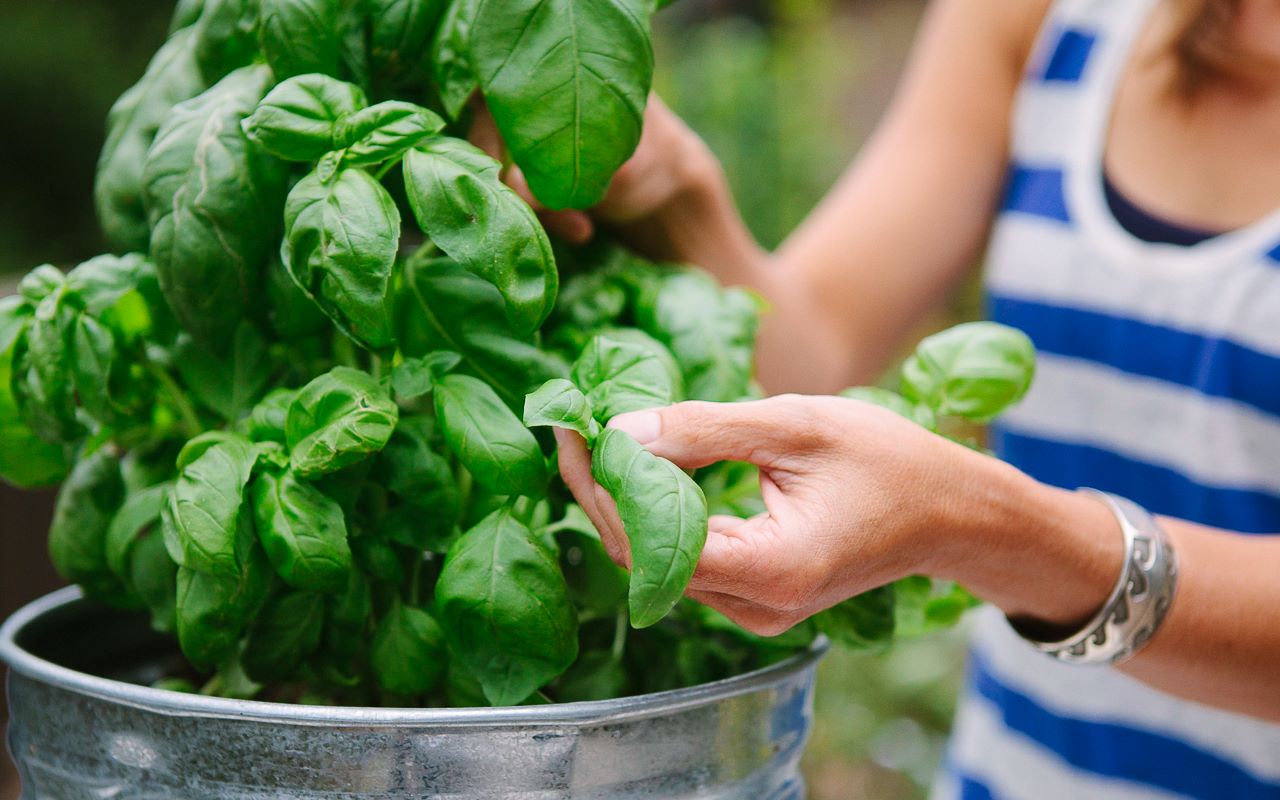
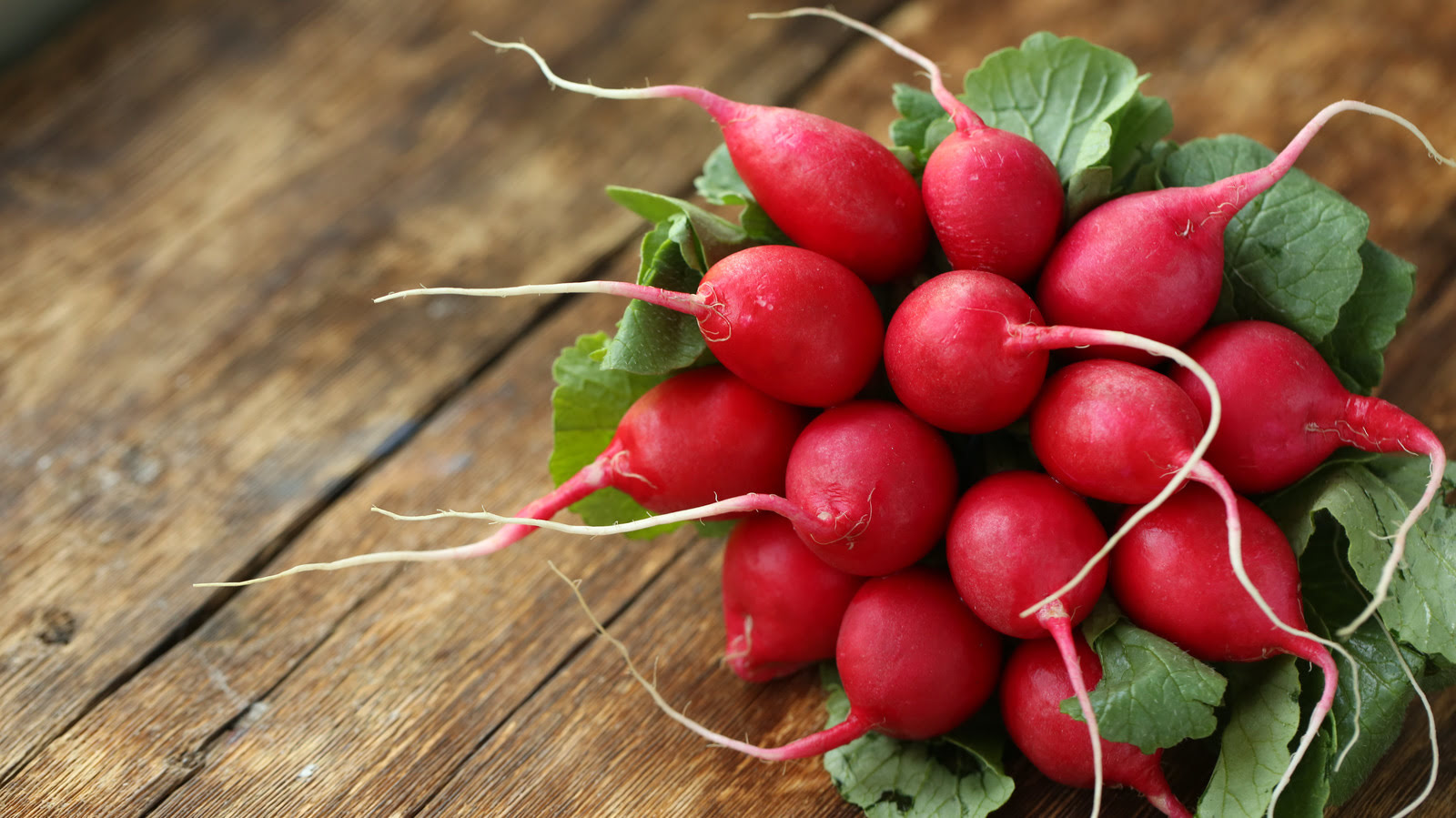
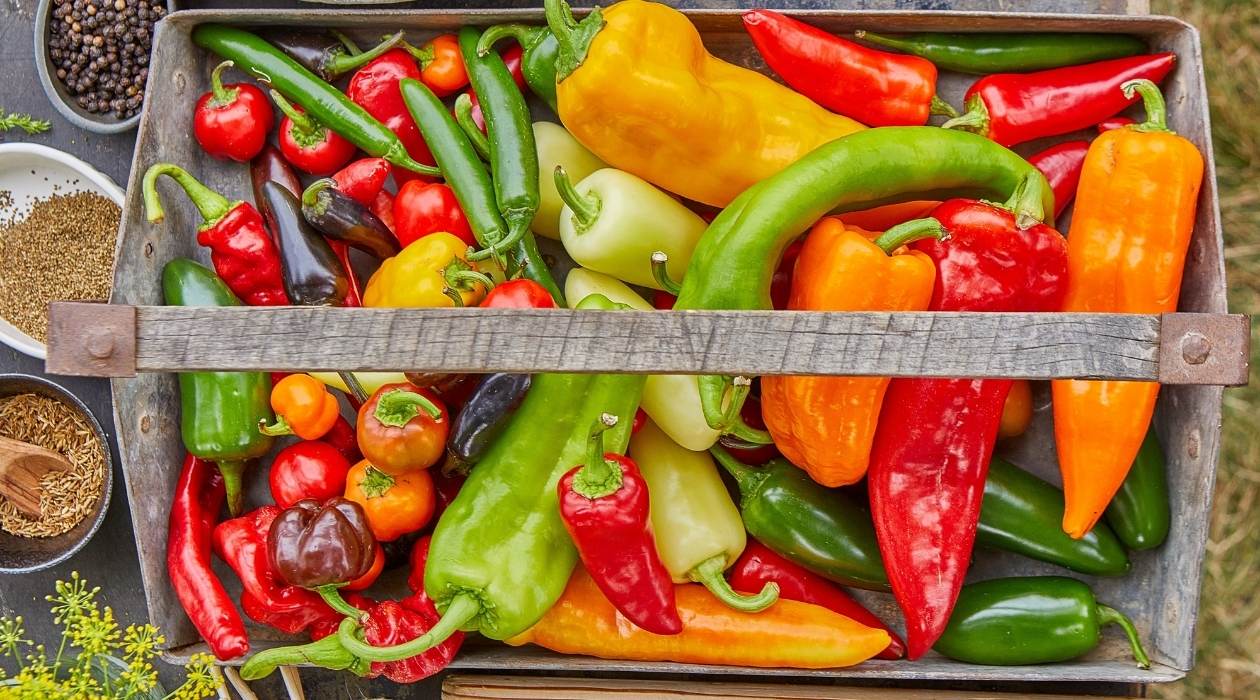
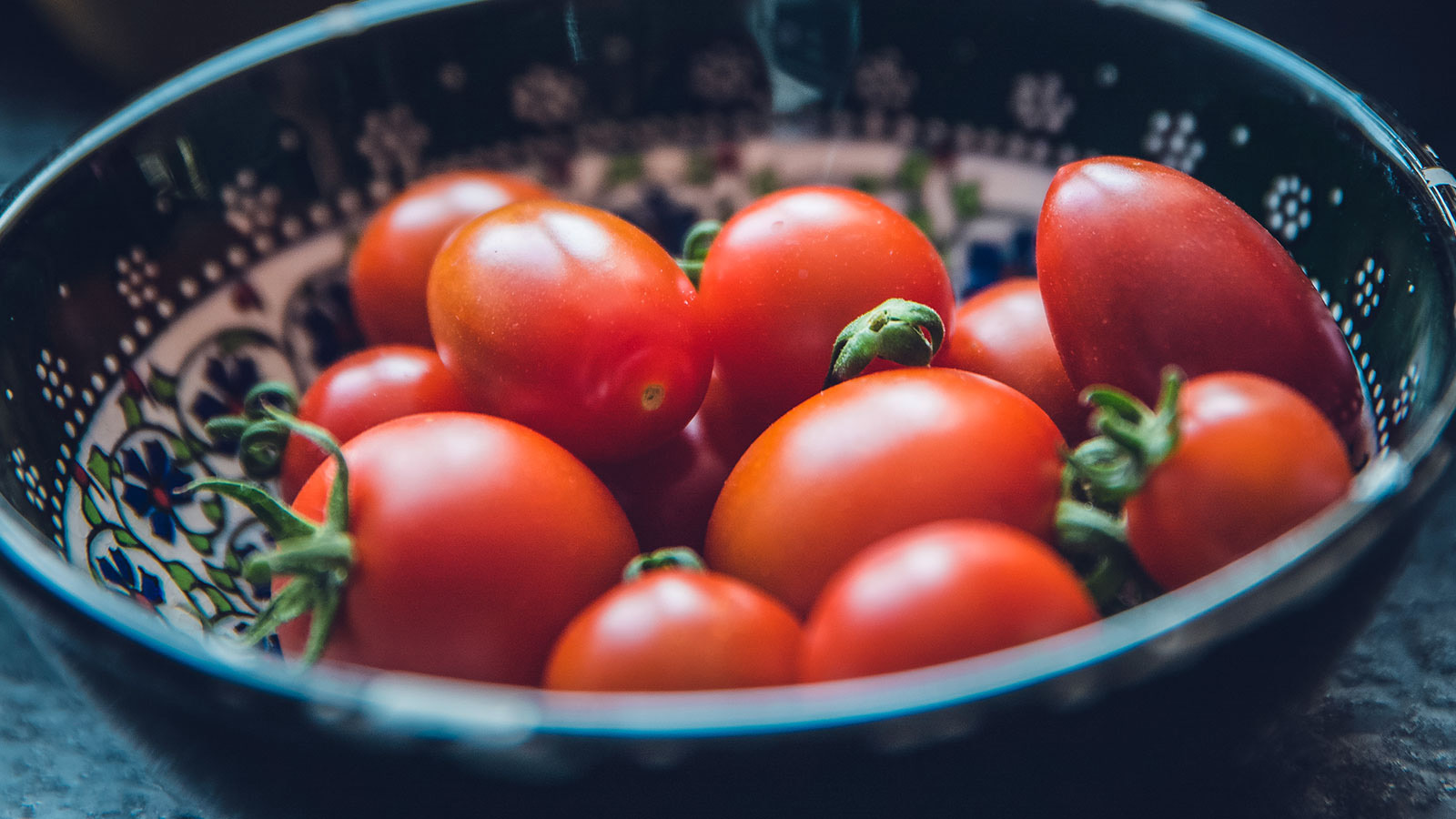
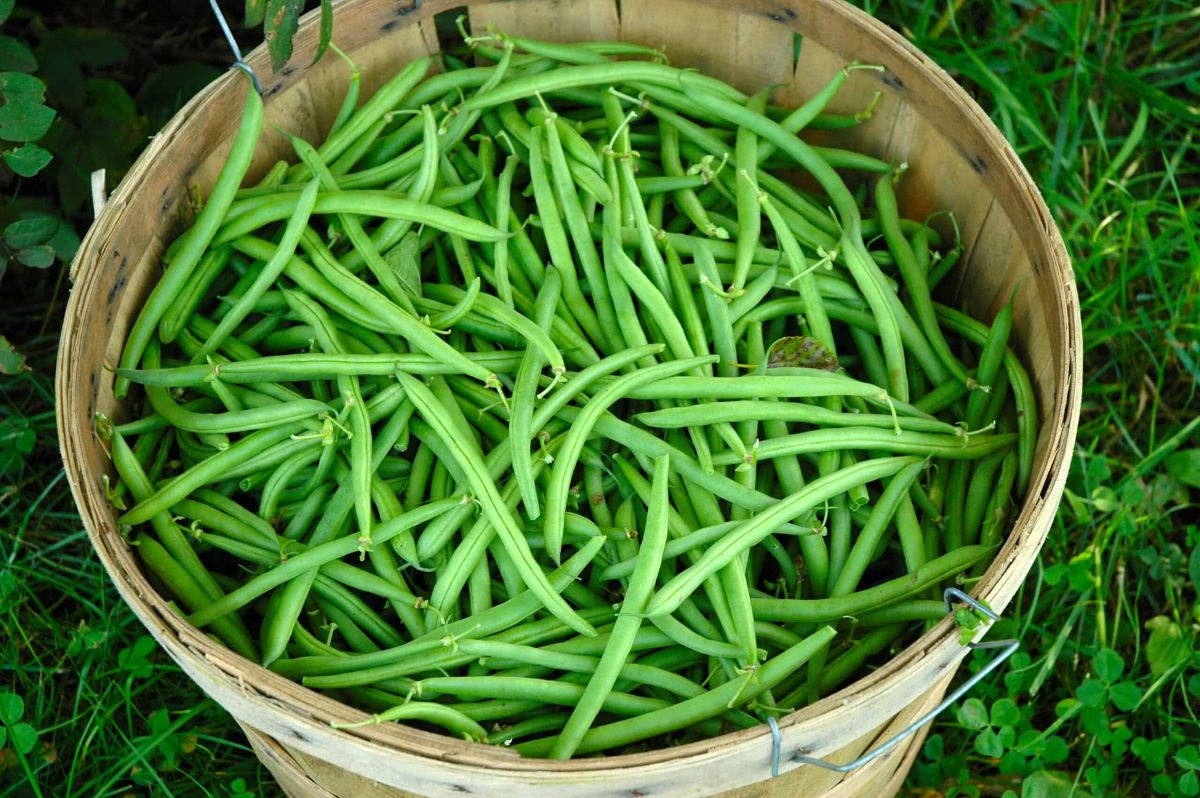
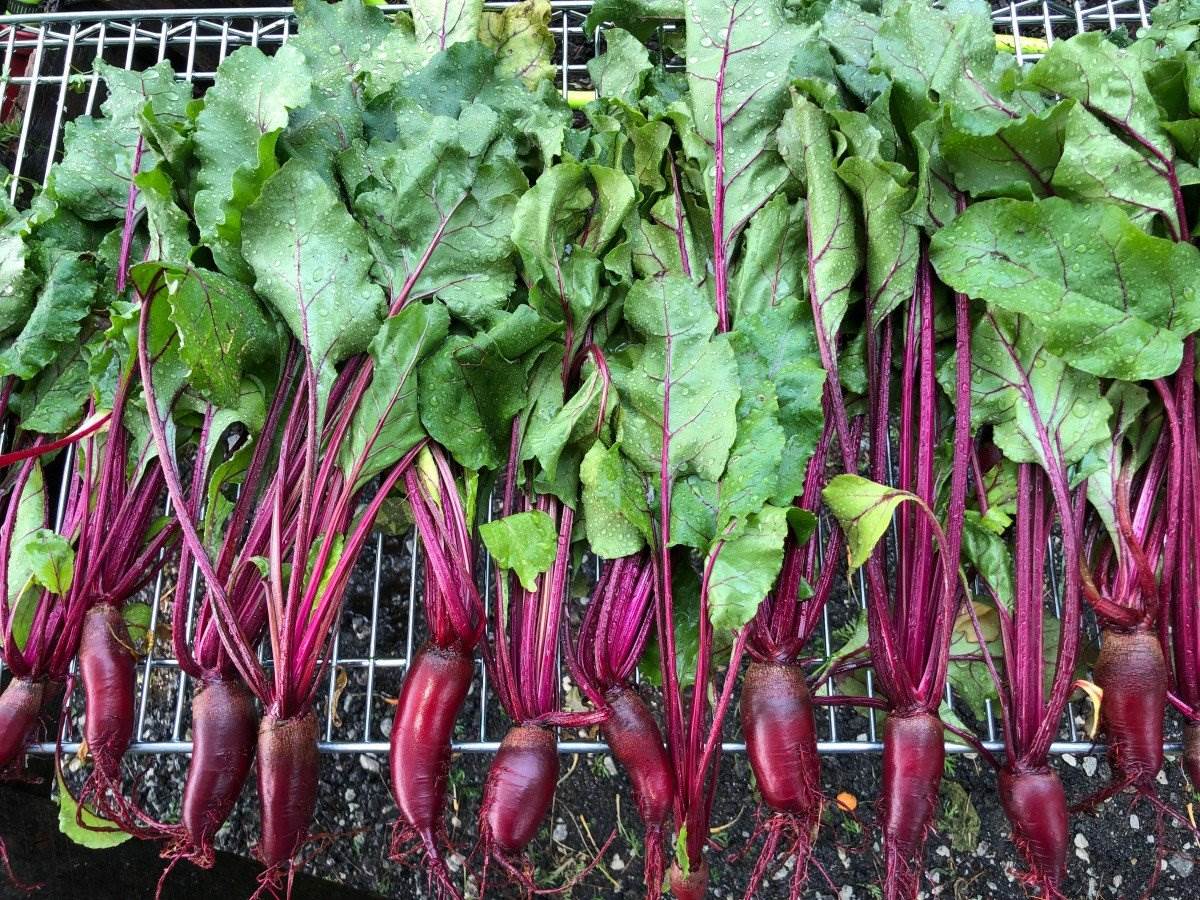
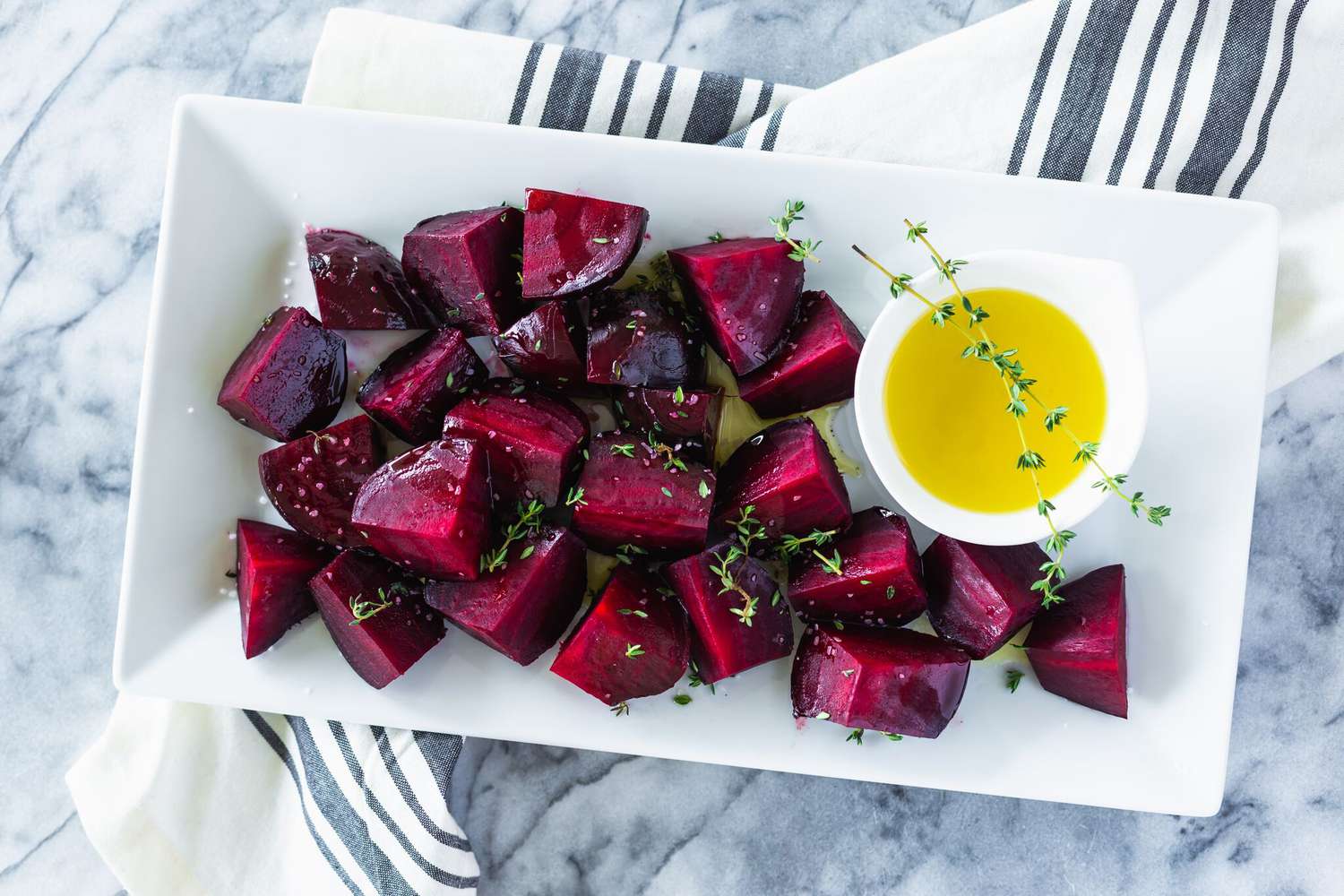
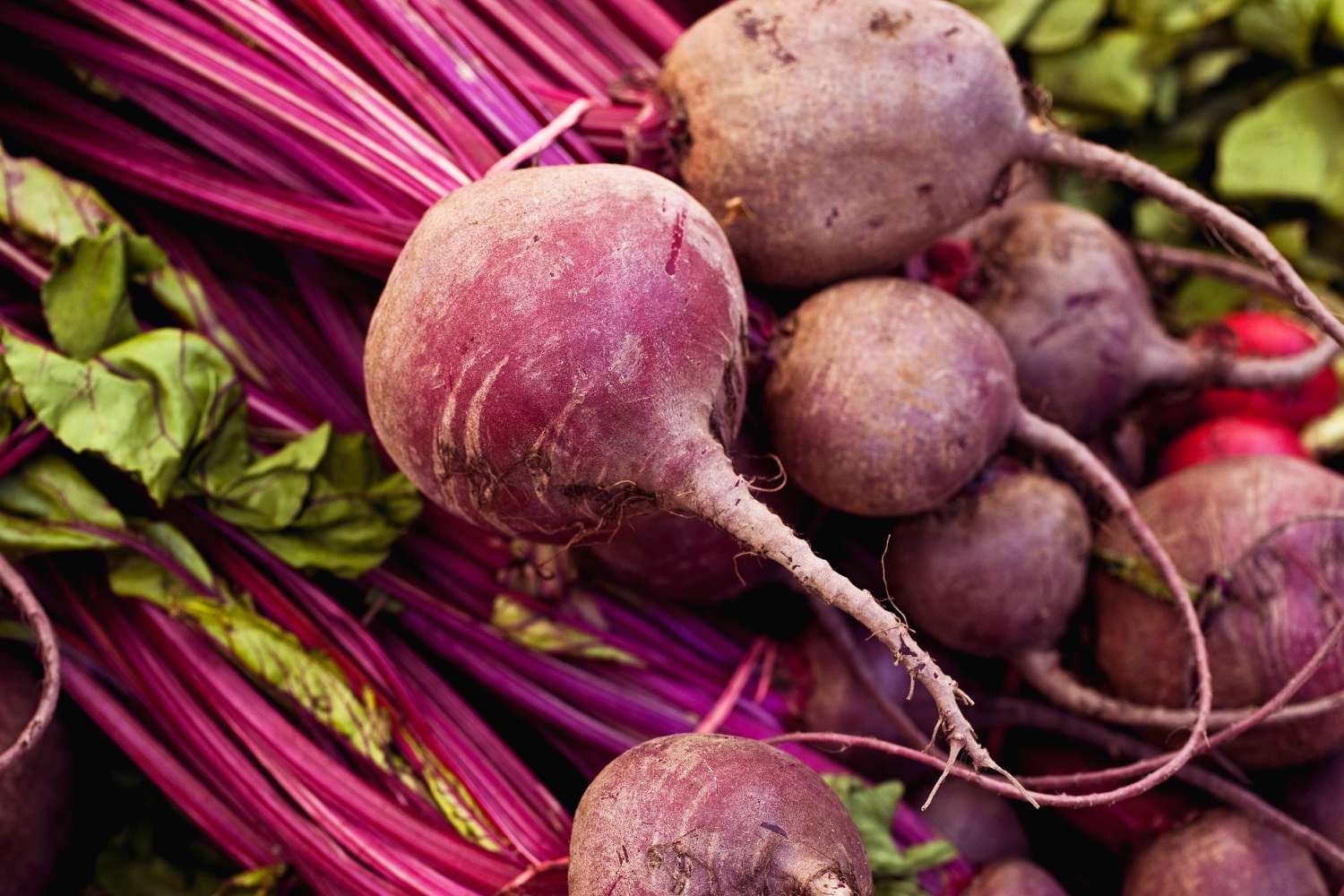
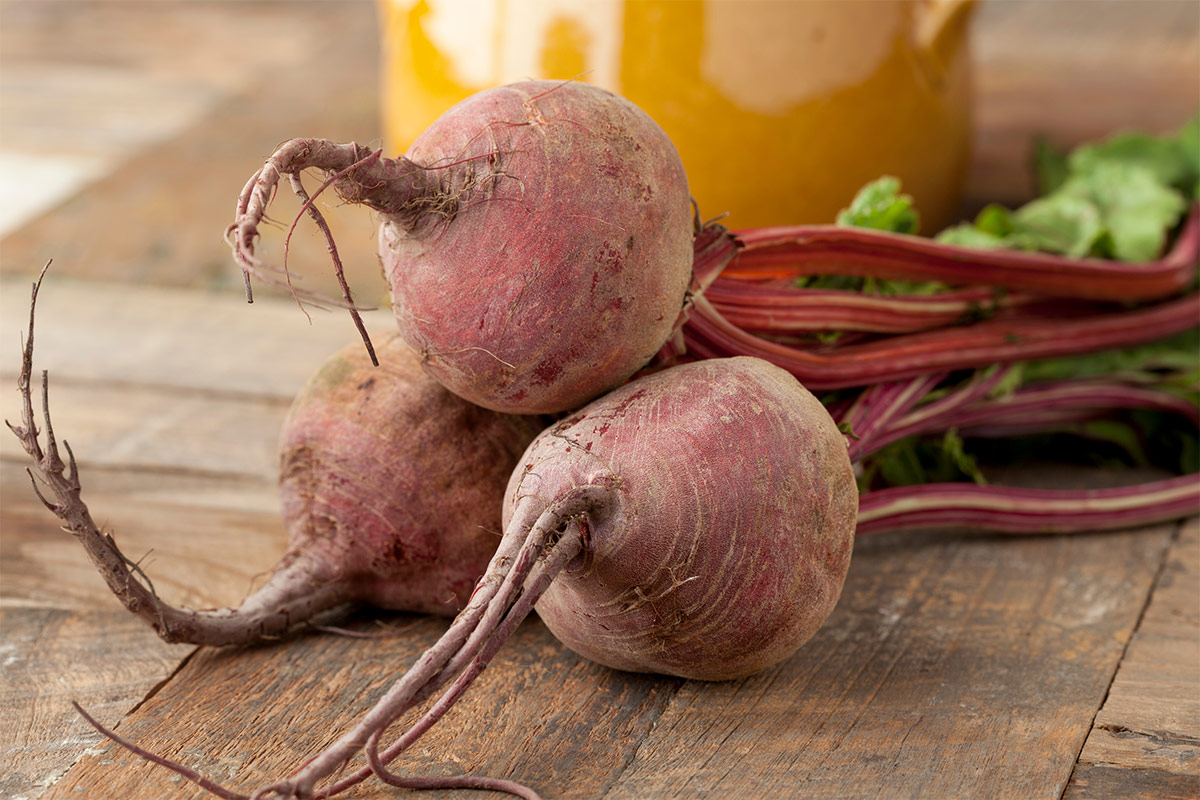
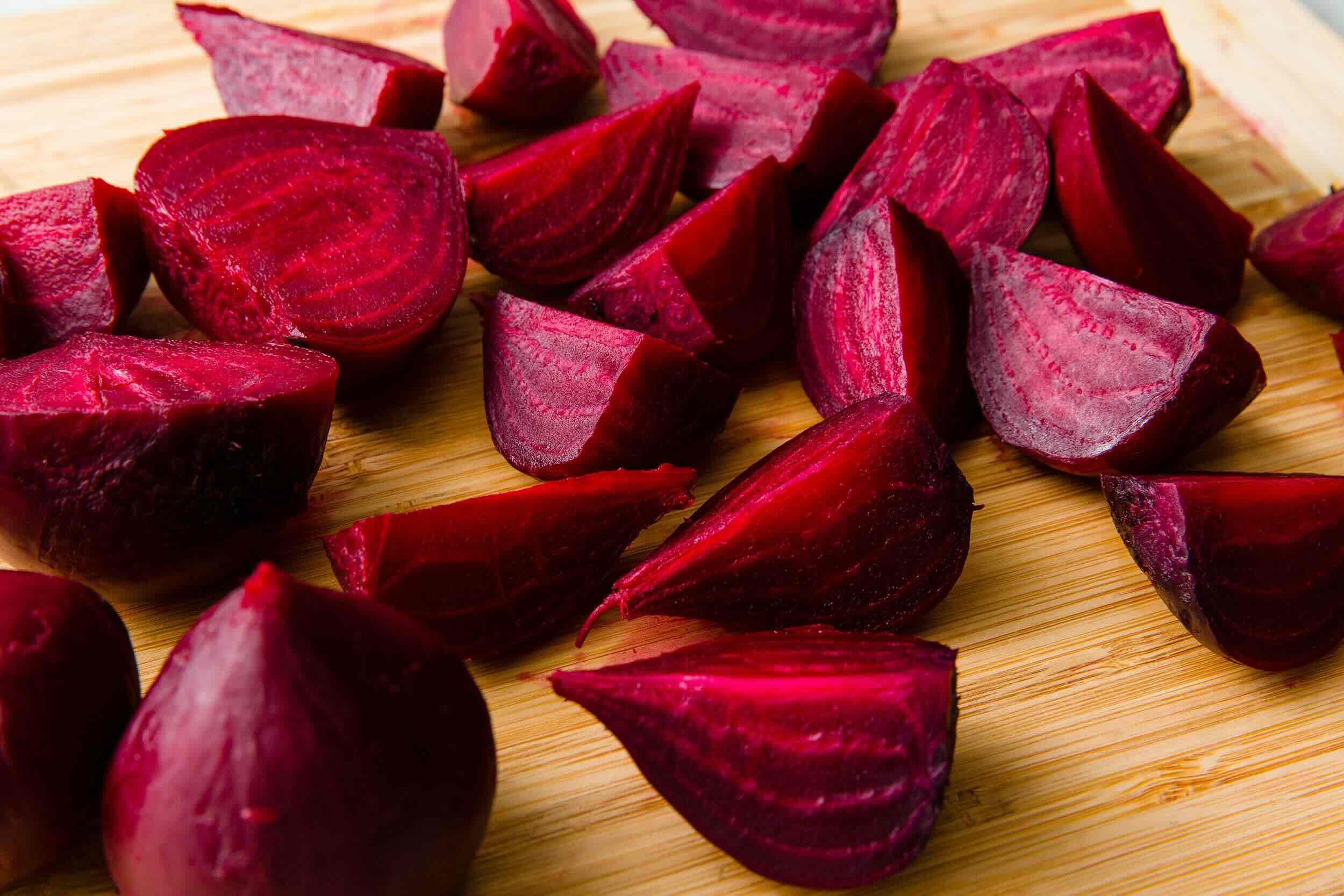

0 thoughts on “How To Store Beets After Harvest”